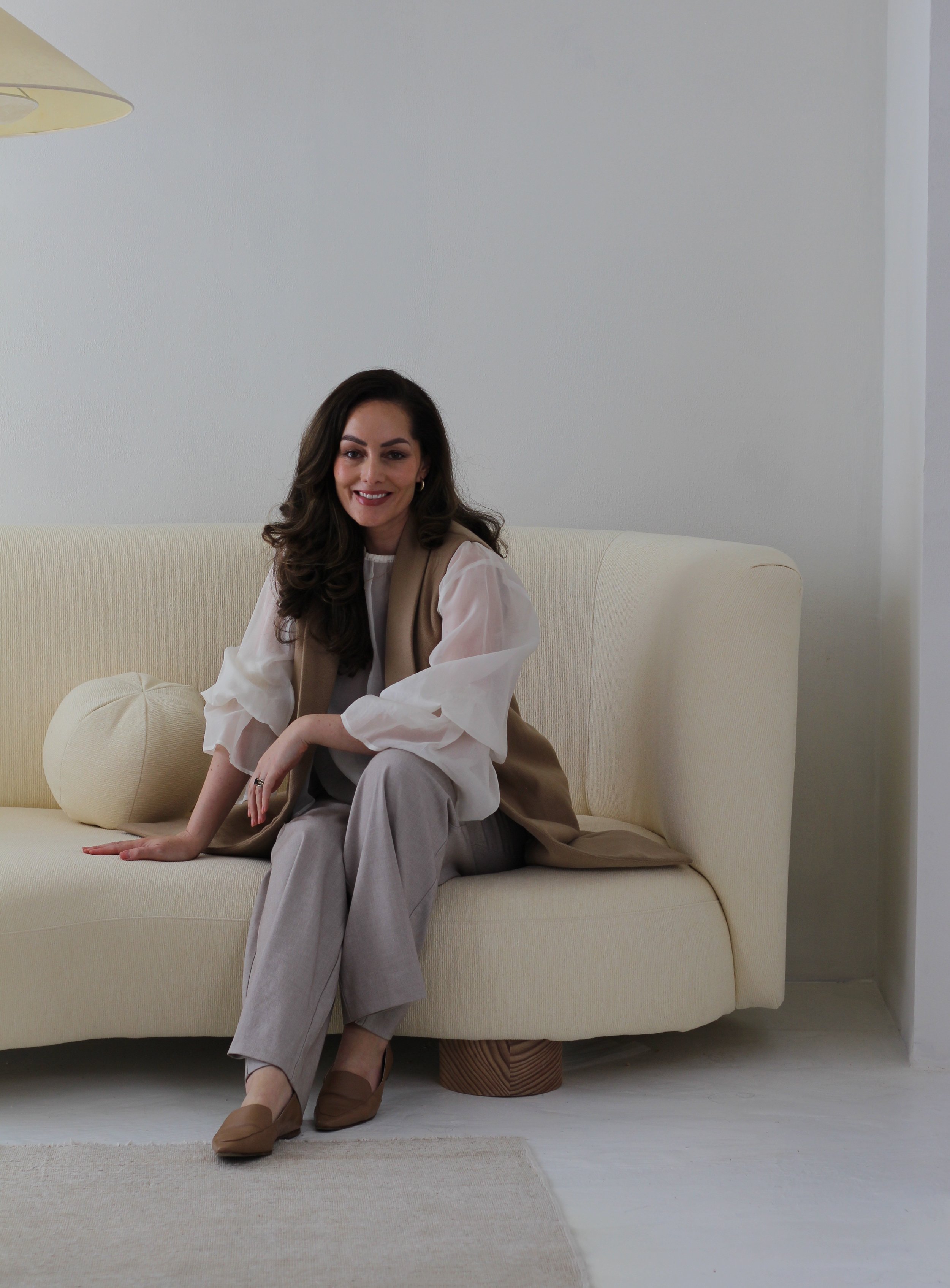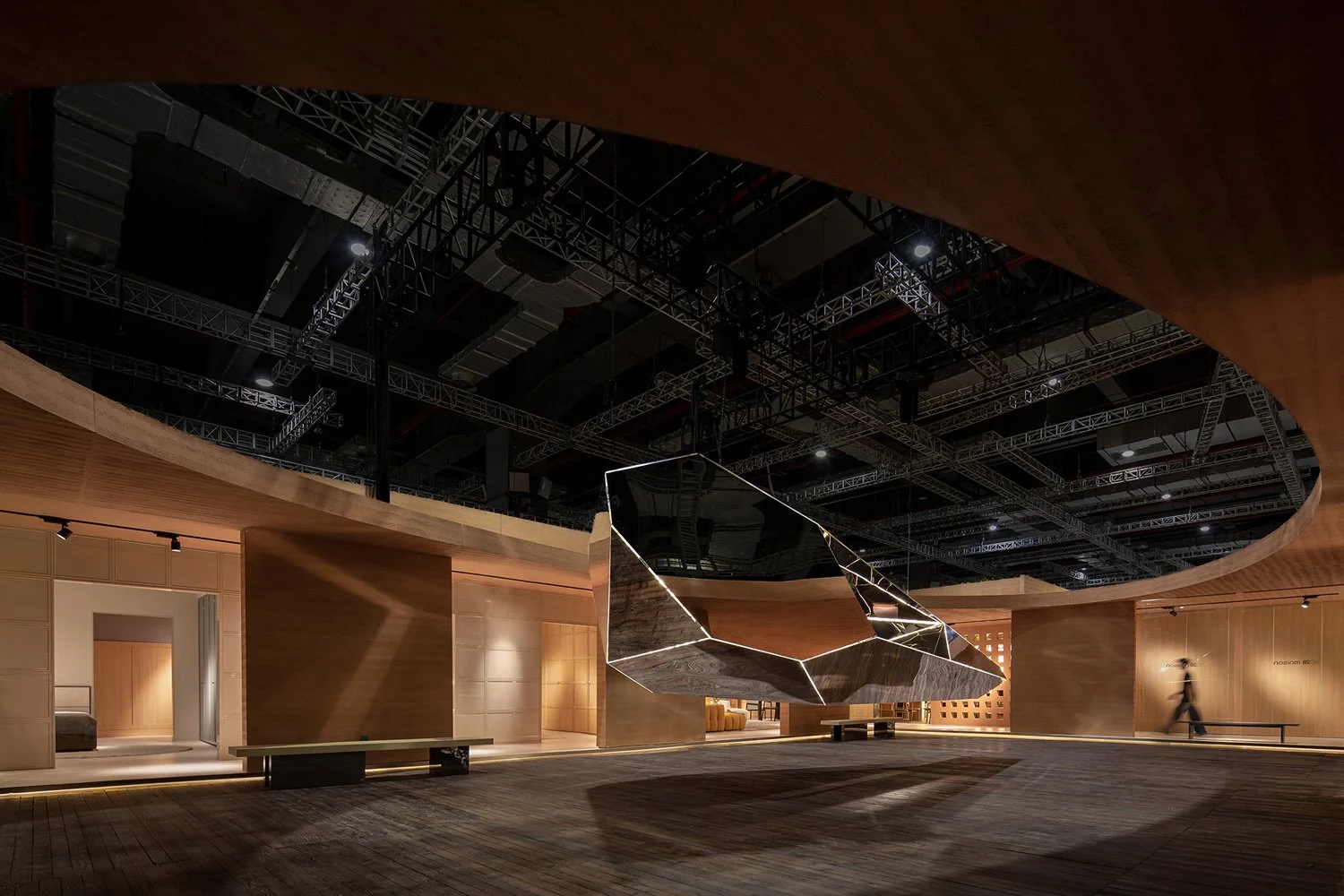THREADS OF MEMORY || Giulio Caponi Weaves Poetry, Time, and Emotion into Textile Art

From journalist to textile artist, Giulio Caponi transforms carpets into emotional reports: unique pieces that weave memories and poetry, hand-stitched.
Balls of natural wool, dyed with flowers, roots, and bark, coexist with felt, carpet, sketches, and colors. “Every idea arises from an emotion, often from nostalgia,” says Giulio Caponi. Then it takes shape on paper with a watercolor: his way of thinking. A former journalist, self-taught artist, and poet by vocation, he uses thread to express emotions, to intertwine thoughts and memories. Every knot, every stitch, becomes a little story. The thread stretches, bends, wraps around itself, as if to capture fragments of time and memory.
“La Foglia: Linfa Vitale” (”The Leaf: vital sap”) rug. Photo Credit: Andrea Tortelli
“Piazza d’Italia”, rug. Photo Credit: Paolo Biava
Like textile pages, his works are traces of stories that escape written words and time, but remain alive in the eyes of those who contemplate them. The needle digs and becomes a tool for simultaneous reading and writing: it produces the signs and observes them closely. “For me, embroidering is like enlarging a sound fragment of a word. It’s like looking at a consonant or a vowel under a microscope.”
In his workshop, he creates hand-stitched carpets, especially in grass stitch and cross stitch – unique pieces that emerge from the memories his soul explores. Natural landscapes or abstract thoughts, each carpet is unique and unrepeatable. The materials chosen also speak to his attention to detail and nature: the felt, completely natural, is made by a group of disabled young people from South Tyrol who raise a flock of sheep, shear them, and manually produce the fabric, which is then dyed with natural elements: roots, fruit, flowers, branches, etc. On the other hand, the wool for embroidery is handcrafted in Sardinia. This, too, is spun by hand. The white comes from white sheep, the black from black sheep. The other colours are made with myrtle, pomegranate peels, and local herbs.
“Meglio che la Voce” (“Better than the Voice”) rug.
The Linea Contemporanea develops like an open book, to which pages continue to be added: in Domino Dancing, small suns dance like in a 70s disco lamp; La Foglia: Linfa Vitale breathes green and nourishes, like in an episode that celebrates creation; Meglio che la Voce marks the creative passage of Giulio Caponi from the use of poetic verses to the development of the theme of nature – a still image that represents his vision of past and present at the end of the 2000s; Passatoia Mente Alata opens up spaces of invention and fantasy, a free path where thought moves between shapes and colors; Piazza d’Italia suspends the viewer between architecture and memories, reality and imagination, allowing each spectator to add their own thought to the narrative.
But the story never really closes: there is always a stitch to make, another thread to follow.
“Domino Dancing”, rug. Photo Credit: Paolo Biava





